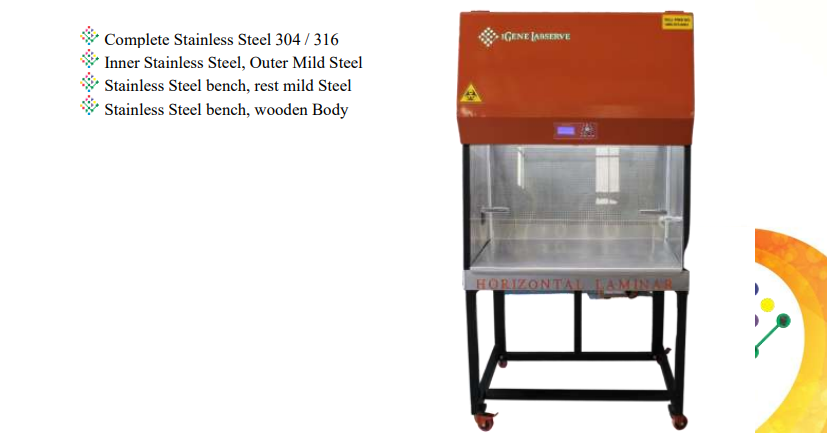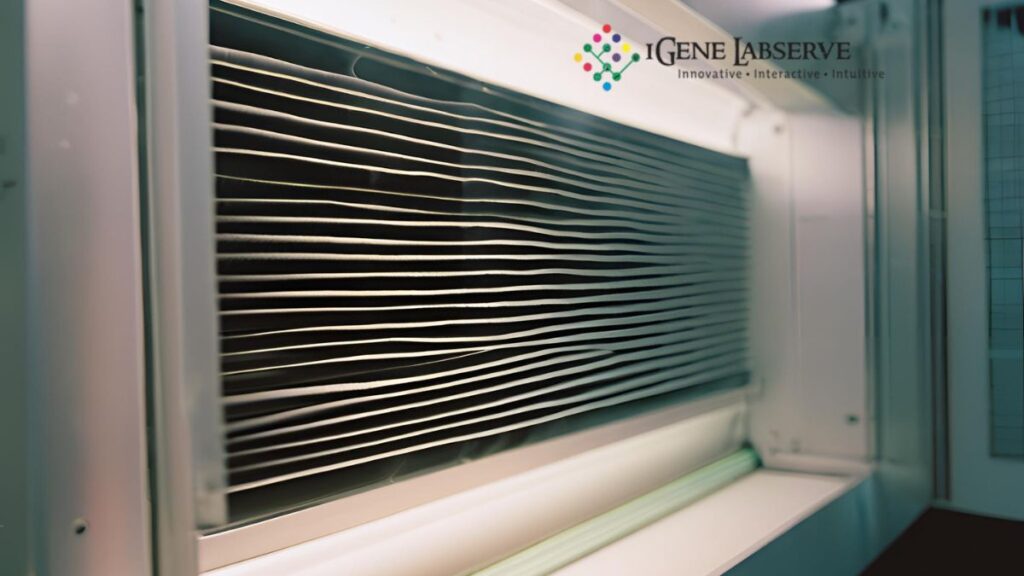Laminar air flow systems play a crucial role in microbiology laboratories to make the work environment containment-free. The equipment helps filter and capture all kinds of impurities that enter the laminar air flow cabinet. It contains a filter pad and HEPA filter, a high-efficiency element to remove impurity very small impurity particles.
Laminar air flow: how it works
The cabinet or chamber functions on the principle of laminar air flow. Therefore, when the gas molecules travel in multiple straight lines, the airflow is termed laminar. One of the reasons for which the laminar air flow cabinet is considered efficient is that the gas molecules do not collide with each other when traveling and a highly efficient particulate airflow system that traps and removes all kinds of impure particles to ensure that the laboratory environment is sterile and clean. Here are the types of laminar air flow chambers:
- Horizontal air flow chamber
The horizontal airflow chambers draw in air from the back of the laminar flow bench, which then passes through HEPA filter. Now, the filtered air circulates in a horizontal manner within the chamber. As the waste air blows directly to the user, it may not provide very high levels of security, especially when handling certain drugs.
- Vertical laminar air flow chamber
The vertical laminar air flow chamber comprises a fan that is attached to the roof of the cabinet. This fan draws air and directs it downward vertically. As a result, positive pressure is created when the air moves to the top of the cabinet and down to the bottom of the cabinet. Here, the air does not blow at the user directly, so it is a much safer option than the rest.
How to improve the energy-efficiency of laminar air flow cabinets?
Energy efficiency is one of the key aspects of modern-day living and a similar approach applies in laminar air flow cabinets in the microbiology laboratories. Here is how you can maintain the energy efficiency of the laminar air flow cabinet:

- Cleaning the equipment regularly
To ensure optimal performance in laminar air flow cabinets, cleanliness is one of the key aspects. Dust, dirt, and debris may accumulate in different parts of the equipment, reducing its efficiency. You need to clean and replace the components based on the instructions of the manufacturer and conduct scheduled maintenance for smooth operation.
- Never compromise on the efficiency of filters
Do not compromise on the quality and efficiency of filters for the laminar air flow cabinet. That way, the ability of the laminar air flow cabinet to control contamination in the microbiology laboratory is greatly compromised. To make sure that the equipment functions optimally, you need to check how well the filters are performing. Clogged filters enhance energy consumption and reduce the airflow.
- Choose the right models and check for proper installation
Some cabinets come with very high energy saving features like advanced control systems, fans that make very low noise, and efficient filters. Apart from this, pay attention to the installation of the equipment as it plays a crucial role in minimizing energy consumption and maximising air flow. The better the ventilation and placement higher is the energy efficiency.
- Maintaining the air flow
The laminar air flow cabinet is usually present in microbiology laboratory. So, to maintain proper air flow, try to keep the area free from obstructions. The cabinet sash should not open very often as it tends to increase the consumption of energy.
- Using energy-saving modes
How often do you operate the equipment in the energy saving mode? Well, check the settings and modes that are part of the built-in features of the control system of the laminar air flow cabinet.
- Train the laboratory personnel
The laboratory personnel working with the laminar air flow cabinet need to have adequate training about implementing energy-saving practices.
When it comes to boosting the energy-efficiency of laminar air flow cabinets, things turn a bit tricky. You need to carry out regular and routine inspection to address the slightest of issues that are likely to make the equipment less energy-effective. Apart from this, preventive maintenance techniques boost the lifespan of the cabinet and enhance its energy performance. Are you exploring energy-efficient laminar air flow cabinets that minimises energy consumption and boost the effectiveness of the device? Navigate to https://www.igenels.com/ for laboratory and industrial equipment.

